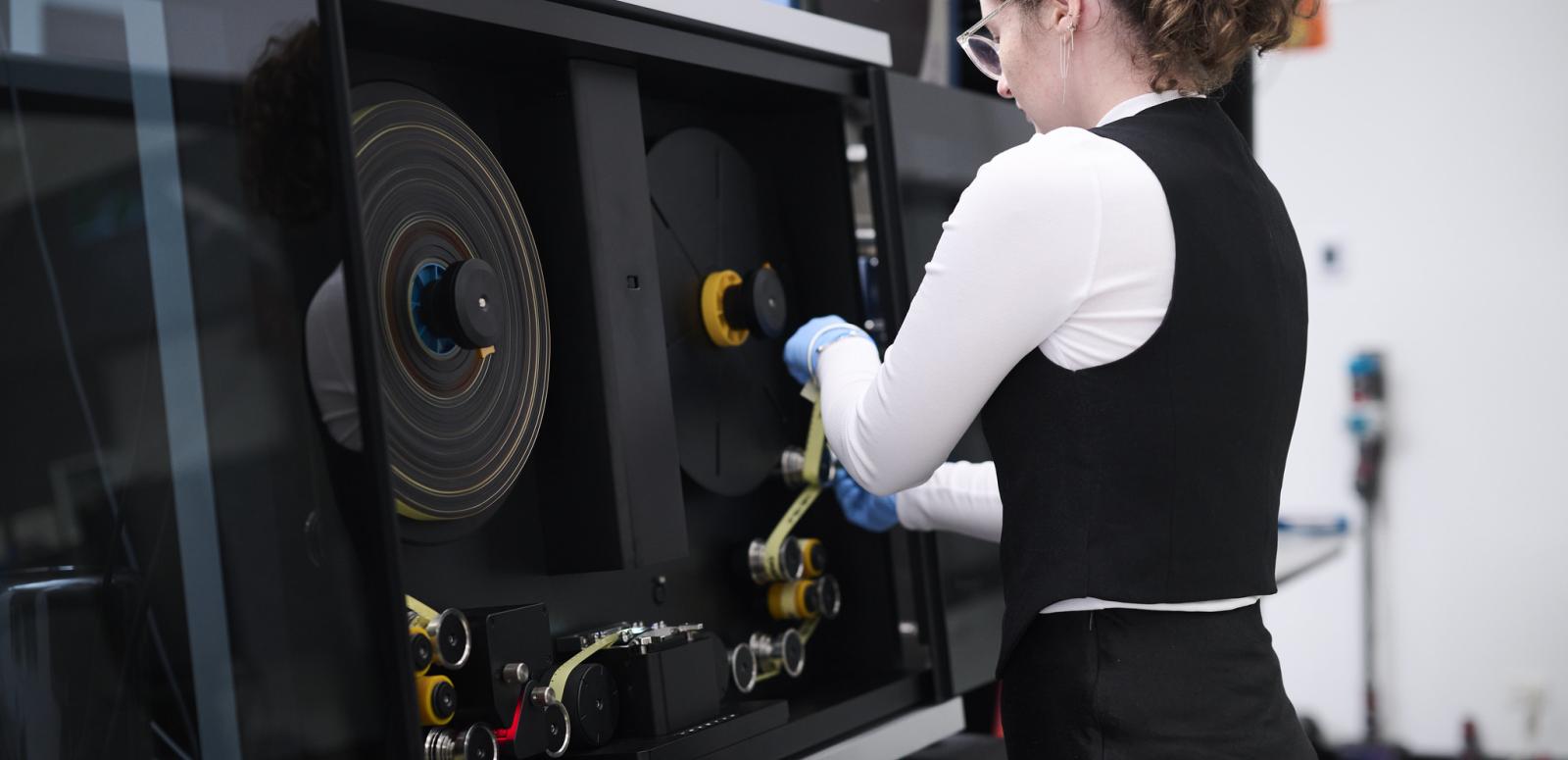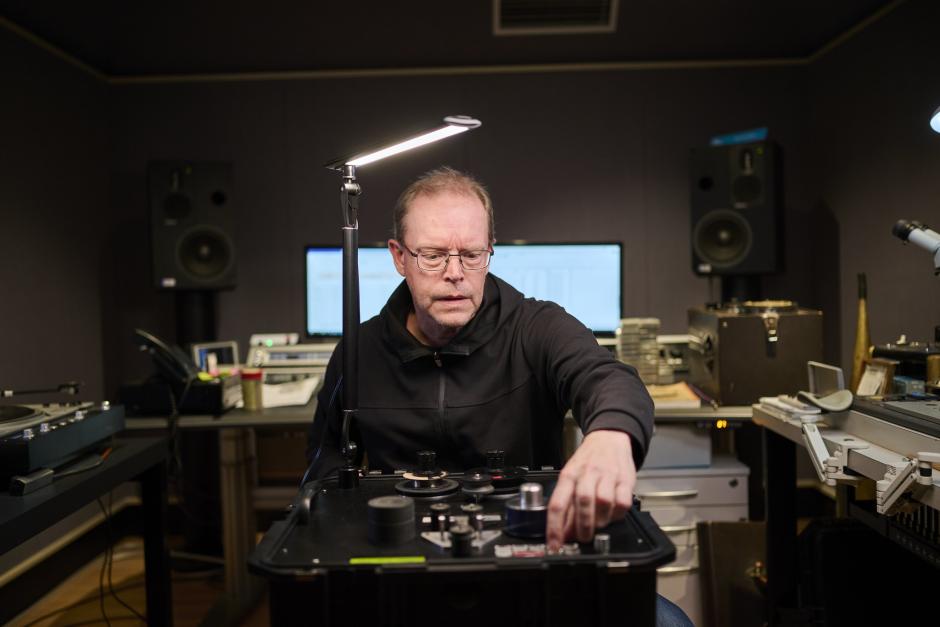For World Digital Preservation Day in 2024, we share the NFSA Technical Specifications for Preservation Digitisation, detailing our approach to the preservation, distribution and access of digitised materials.

For World Digital Preservation Day in 2024, we share the NFSA Technical Specifications for Preservation Digitisation, detailing our approach to the preservation, distribution and access of digitised materials.
As the trusted custodian of Australia’s audiovisual heritage, the National Film and Sound Archive of Australia (NFSA) actively advises on technical specifications and implements policies and procedures that contribute to good practice across the international GLAMR (Galleries, Libraries, Archives, Museums and Research) sector.
We recognise that evolving technology is integral to the digital expansion of audiovisual archives, from the 1930s to the present. Our approach to selecting, reviewing and implementing digital object formats is undertaken in accordance with in-house operations which reflect current archival and industry standards.
The NFSA Technical Specifications for Preservation Digitisation were co-developed by the Digital Preservation and Collection Digitisation teams with contributions from the Curatorial, Accessioning, Rights and Licensing teams – a huge effort by many dedicated professionals. This resource details the technical specifications for the NFSA’s preferred digital objects covering the preservation, distribution and access of digitised materials.

Preserving and providing access for complex born-digital artefacts presents many challenges for traditional approaches to categorisation and documentation. By their very nature of creation, born-digital artefacts are often acquired as ‘ecosystems’ of components, which are made up of many contextual elements. These elements can include a reliance on external linkages such as networks, servers and hardware. The principles for supporting long-term digital preservation in these cases require new conceptual thinking, potentially including a greater focus on capturing creator and user experiences for understanding and valuing these artefacts over time.
As collecting practices continue to increase and evolve for born-digital artefacts (e.g. video games and interactive content, social video), new terminology and recommendations for long-term preservation may greatly aid us in how we steward and provide access to Australia’s audiovisual heritage.
We welcome collaboration and feedback from other institutions and communities who are actively collecting, managing and preserving complex born-digital digital materials. We maintain a proactive interest in tackling new conceptualisations, recommendations and specifications for born-digital artefacts as we move forward through technological and social shifts in practice and methodologies.
Contact our team at: DigitalPreservation@nfsa.gov.au
The National Film and Sound Archive of Australia acknowledges Australia’s Aboriginal and Torres Strait Islander peoples as the Traditional Custodians of the land on which we work and live and gives respect to their Elders both past and present.